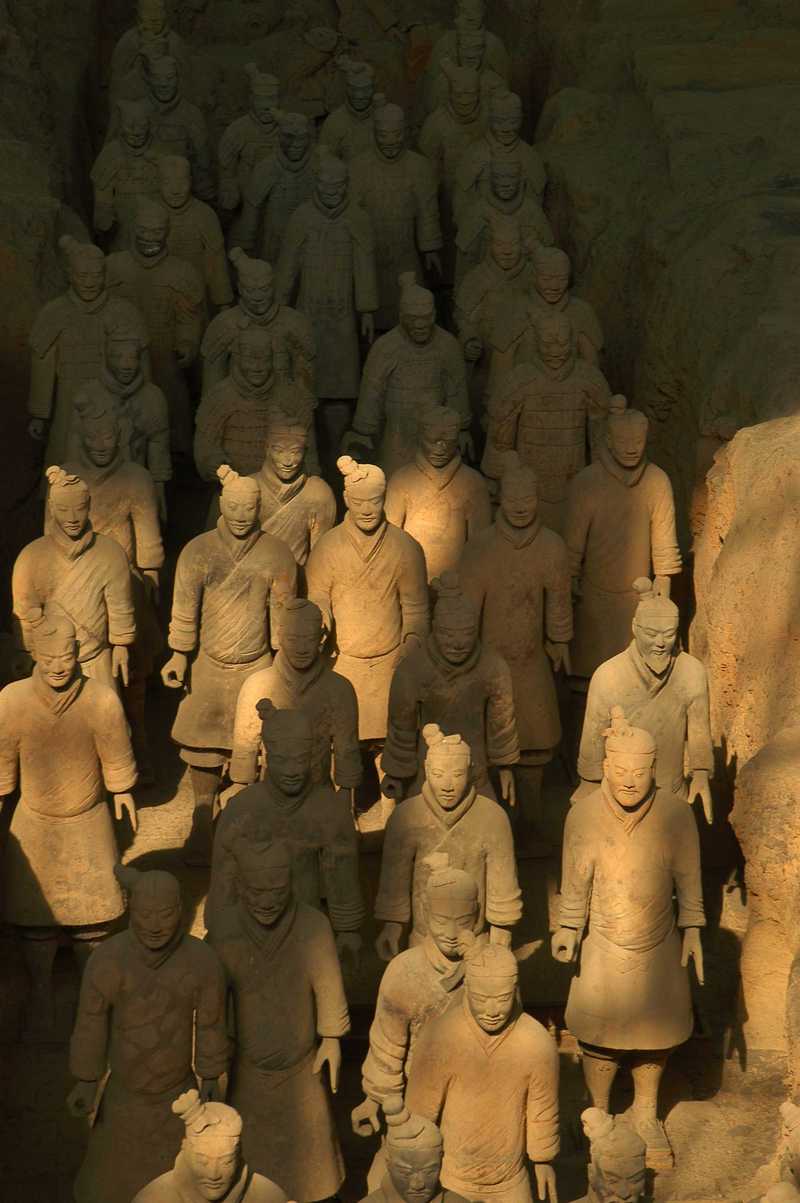
What are the Terracotta Warriors called in Chinese?
You might have heard of the Terracotta Army, the army of clay soldiers built to protect China's First Emperor in the afterlife. But have you ever wondered, what are these impressive figures actually called in Chinese?
Breaking Down the Name
The Chinese name for the Terracotta Warriors is 兵马俑 (Bīngmǎyǒng).
Let's break down this name to understand its meaning:
- 兵 (Bīng): This character means "soldier" or "troops." It represents the military nature of these figures.
- 马 (Mǎ): This character means "horse," referring to the cavalry and chariots also found within the Terracotta Army.
- 俑 (Yǒng): This character is the most important, as it signifies "figurine" or "effigy." It tells us that these are not real soldiers but representations made from clay.
Therefore, 兵马俑 (Bīngmǎyǒng) translates directly to "soldier-horse-figurines" or "terracotta figures of soldiers and horses," accurately describing this incredible historical artifact.
Other Terms for Warriors in Chinese
While 兵马俑 (Bīngmǎyǒng) is the specific term for the Terracotta Army, there are several other ways to refer to warriors in Chinese:
- 武士 (Wǔshì): This is a general term for "warrior" and can refer to any skilled fighter. It's formed by combining "武" (Wǔ) meaning "martial" or "military" with "士" (Shì), meaning "person" or "scholar."
- 战士 (Zhànshì): This term emphasizes the act of fighting, as "战" (Zhàn) means "battle."
- 斗士 (Dòushì): Similar to "战士," this term emphasizes the act of fighting, with "斗" (Dòu) meaning "fight" or "struggle."
Chinese, being an analytical language, also allows for more specific descriptions by combining characters:
- 剑士 (Jiànshì): "Warrior with a sword," formed by adding "剑" (Jiàn), meaning "sword," to the base "士" (Shì).
- 骑士 (Qíshì): "Warrior riding a horse," formed with "骑" (Qí), meaning "to ride," and "士" (Shì).
Q&A
1. What is the significance of the Terracotta Army?
The Terracotta Army was built to protect Qin Shi Huang, the first emperor of a unified China, in the afterlife. It reflects the emperor's power and the importance placed on the military during his reign.
2. Why are the Terracotta Warriors so famous?
The sheer scale and detail of the Terracotta Army are astonishing. Each figure is life-sized and individually crafted with unique features and expressions. The discovery of the army in 1974 provided invaluable insights into ancient Chinese civilization.
3. Are all the Terracotta Warriors the same?
No, the army features a variety of figures, including different ranks of soldiers, charioteers, archers, and even cavalry with horses. This diversity reflects the actual makeup of the Qin Dynasty army.